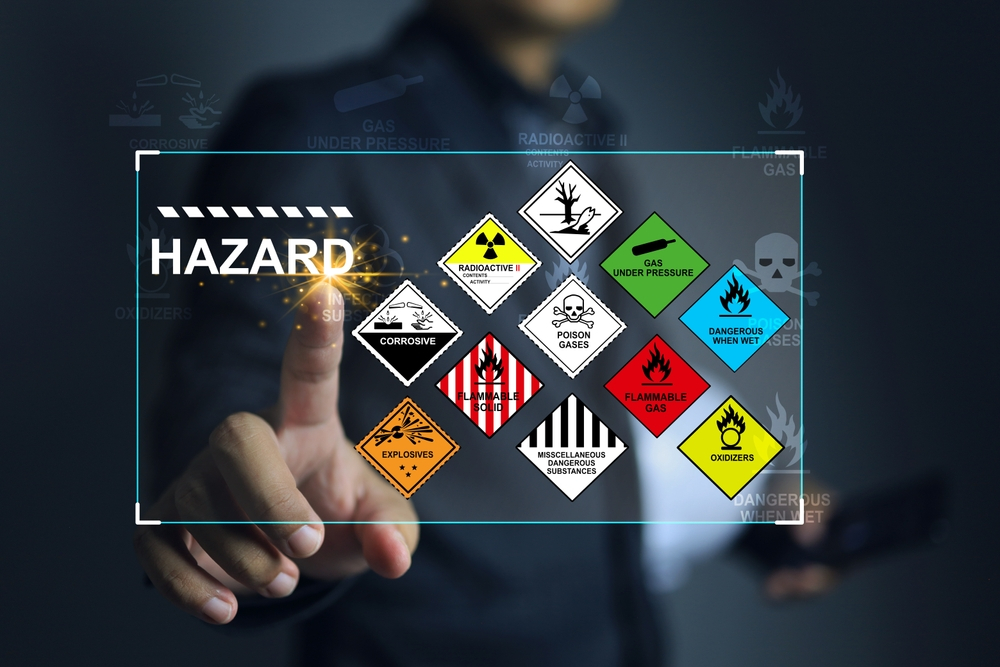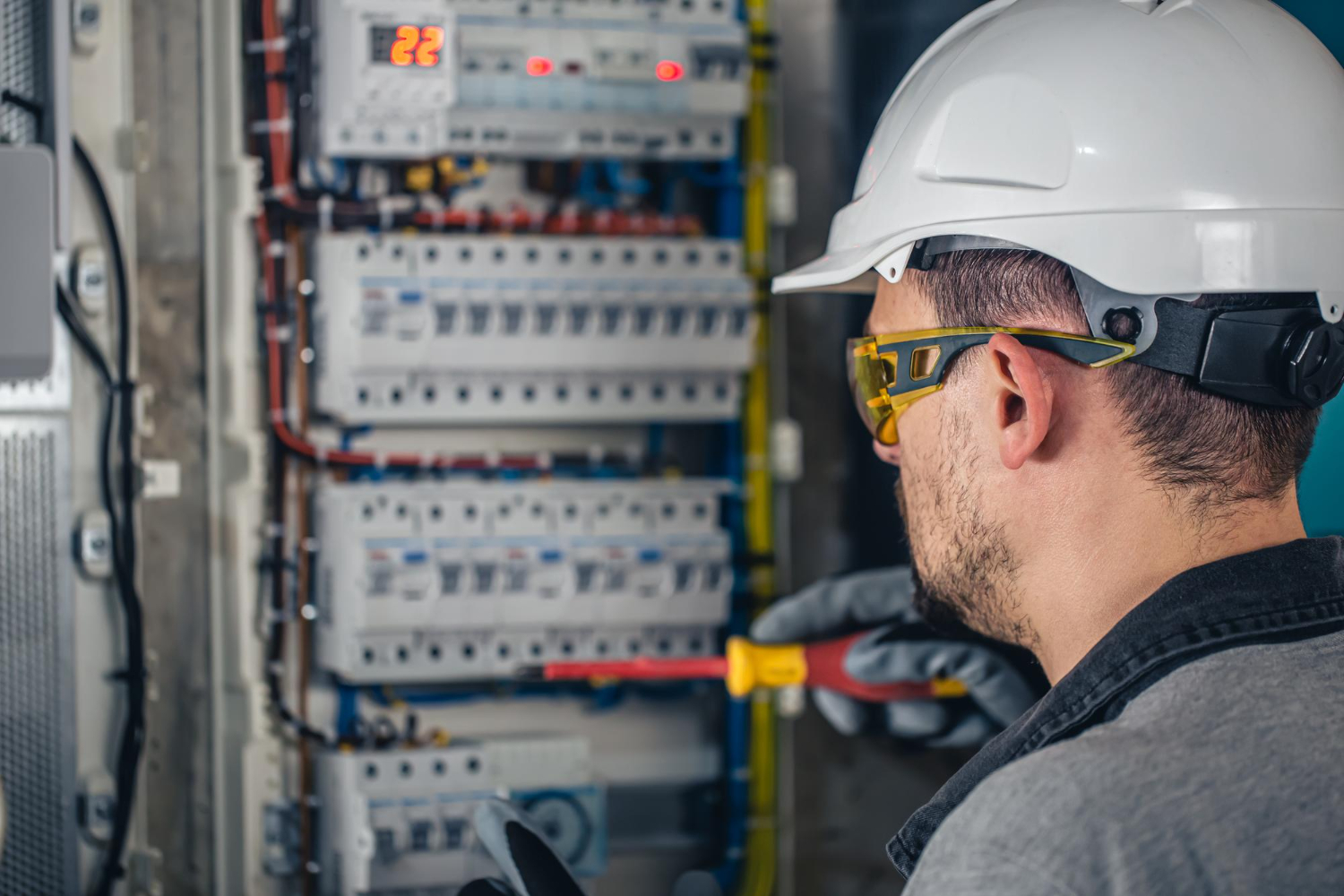The Main Principles Of Roar Solutions
The Main Principles Of Roar Solutions
Blog Article
Things about Roar Solutions
Table of Contents8 Simple Techniques For Roar SolutionsRoar Solutions for DummiesIndicators on Roar Solutions You Should Know
In order to safeguard installments from a potential explosion a technique of analysing and identifying a possibly dangerous area is called for. The objective of this is to guarantee the appropriate selection and installation of equipment to ultimately protect against an explosion and to make sure safety of life.
(https://papaly.com/categories/share?id=f67ddeb126ff42bfb724a48f0cebd961)
No tools should be set up where the surface area temperature of the tools is greater than the ignition temperature level of the offered danger. Below are some usual dust harmful and their minimal ignition temperature. Coal Dirt 380C 225C Polythene 420C (melts) Methyl Cellulose 420C 320C Starch 460C 435C Flour 490C 340C Sugar 490C 460C Grain Dust 510C 300C Phenolic Material 530C > 450C Aluminium 590C > 450C PVC 700C > 450C Residue 810C 570C The likelihood of the danger existing in a focus high adequate to create an ignition will vary from area to place.
In order to identify this threat a setup is split into areas of threat relying on the quantity of time the unsafe exists. These areas are referred to as Areas. For gases and vapours and dusts and fibers there are three areas. Area 0 Zone 20 A dangerous environment is very likely to be present and may be existing for extended periods of time (> 1000 hours per year) or also continuously Area 1 Area 21 A dangerous environment is possible however unlikely to be present for extended periods of time (> 10 450 C [842 F] A classification of T6 implies the minimal ignition temperature level is > 85 C [185 F] Hazardous area electric devices maybe created for use in higher ambient temperatures. This would certainly indicated on the score plate e.g. EExe II C T3 Ta + 60C( This suggests at 60C ambient T3 will not be gone beyond) T1 T1, T2, T3, T4, T5, T6 T2 T2, T3, T4, T5, T6 T3 T3, T4, T5, T6 T4 T4, T5, T6 T5 T5, T6 T6 T6 A T Course ranking of T1 suggests the maximum surface area temperature created by the instrument at 40 C is 450 C. Thinking the associated T Class and Temperature rating for the equipment are proper for the location, you can constantly utilize a tool with a much more stringent Division rating than required for the area. There isn't a clear solution to this concern. It really does depend upon the kind of devices and what repair services need to be accomplished. Equipment with certain examination treatments that can't be carried out in the area in order to achieve/maintain 3rd party ranking. Need to come back to the manufacturing facility if it is prior to the equipment's solution. Area Fixing By Authorised Personnel: Complicated screening might not be needed nonetheless certain procedures may need to be followed in order for the tools to keep its 3rd party ranking. Authorized workers have to be employed to perform the job correctly Repair need to be a like for like replacement. New element must be taken into consideration as a direct replacement requiring no unique screening of the tools after the fixing is total. Each tool with a harmful rating ought to be assessed independently. These are detailed at a high level below, but also for more comprehensive details, please refer directly to the standards.
3 Simple Techniques For Roar Solutions
The equipment register is an extensive database of equipment documents that includes a minimum collection of areas to determine each product's place, technical parameters, Ex lover classification, age, and environmental information. This information is essential for tracking and taking care of the tools successfully within hazardous locations. In contrast, for periodic or RBI tasting evaluations, the quality will be a combination of In-depth and Close evaluations. The proportion of Detailed to Close evaluations will certainly be determined by the Devices Risk, which is assessed based upon ignition risk (the chance of a resource of ignition versus the possibility of a combustible atmosphere )and the unsafe area category
( Area 0, 1, or 2). This variant will certainly likewise influence the resourcing requirements for job prep work. As soon as Lots are defined, you can develop tasting strategies based on the sample size of each Great deal, which refers to the number of random tools items to be evaluated. To identify the needed sample size, two facets require to be examined: the dimension of the Lot and the group of evaluation, which suggests the degree of initiative that should be used( decreased, regular, find out here or increased )to the inspection of the Whole lot. By integrating the group of evaluation with the Whole lot size, you can after that establish the appropriate denial criteria for an example, indicating the permitted number of defective products found within that example. For even more information on this procedure, please refer to the Energy Institute Guidelines. The IEC 60079 common advises that the optimum interval between assessments must not exceed three years. EEHA evaluations will additionally be carried out beyond RBI projects as part of arranged maintenance and equipment overhauls or repair work. These evaluations can be attributed towards the RBI example dimensions within the influenced Great deals. EEHA examinations are carried out to recognize faults in electrical equipment. A weighted scoring system is crucial, as a single piece of equipment may have multiple faults, each with varying degrees of ignition danger. If the consolidated rating of both evaluations is much less than two times the fault rating, the Great deal is regarded appropriate. If the Great deal is still taken into consideration undesirable, it needs to undergo a full evaluation or validation, which might set off more stringent examination methods. Accepted Lot: The reasons for any type of faults are determined. If a typical failing mode is found, added tools may need inspection and repair service. Faults are classified by extent( Security, Integrity, Housekeeping ), making certain that urgent issues are analyzed and addressed without delay to minimize any type of effect on safety or operations. The EEHA database need to track and tape-record the lifecycle of mistakes along with the restorative actions taken. Implementing a durable Risk-Based Assessment( RBI )technique is crucial for guaranteeing conformity and safety and security in taking care of Electric Devices in Hazardous Areas( EEHA) (eeha). Automated Fault Rating and Lifecycle Monitoring: Effortlessly manage mistakes and track their lifecycle to boost examination precision. The introduction of this support for risk-based evaluation even more reinforces Inspectivity's position as a best-in-class option for governing conformity, along with for any asset-centric inspection usage case. If you are interested in finding out extra, we welcome you to ask for a demo and uncover exactly how our option can change your EEHA administration procedures.
The Ultimate Guide To Roar Solutions

In regards to explosive risk, an unsafe area is an environment in which an eruptive environment is existing (or might be anticipated to be present) in amounts that require special preventative measures for the building, setup and usage of equipment. eeha. In this write-up we explore the difficulties dealt with in the work environment, the threat control measures, and the called for proficiencies to work safely
It is a repercussion of modern-day life that we manufacture, save or take care of a series of gases or liquids that are regarded combustible, and an array of dusts that are regarded flammable. These substances can, in particular conditions, form eruptive atmospheres and these can have significant and heartbreaking consequences. A lot of us are familiar with the fire triangle eliminate any type of one of the 3 elements and the fire can not take place, however what does this mean in the context of unsafe locations? When breaking this down into its simplest terms it is basically: a combination of a particular quantity of launch or leakage of a certain compound or material, combining with ambient oxygen, and the presence of a source of ignition.
In a lot of circumstances, we can do little concerning the degrees of oxygen airborne, yet we can have substantial impact on resources of ignition, as an example electrical tools. Dangerous areas are documented on the hazardous location category illustration and are recognized on-site by the triangular "EX LOVER" sign. Below, amongst other vital info, zones are divided right into 3 kinds depending on the risk, the possibility and duration that an explosive atmosphere will exist; Area 0 or 20 is regarded one of the most harmful and Zone 2 or 22 is considered the least.
Report this page